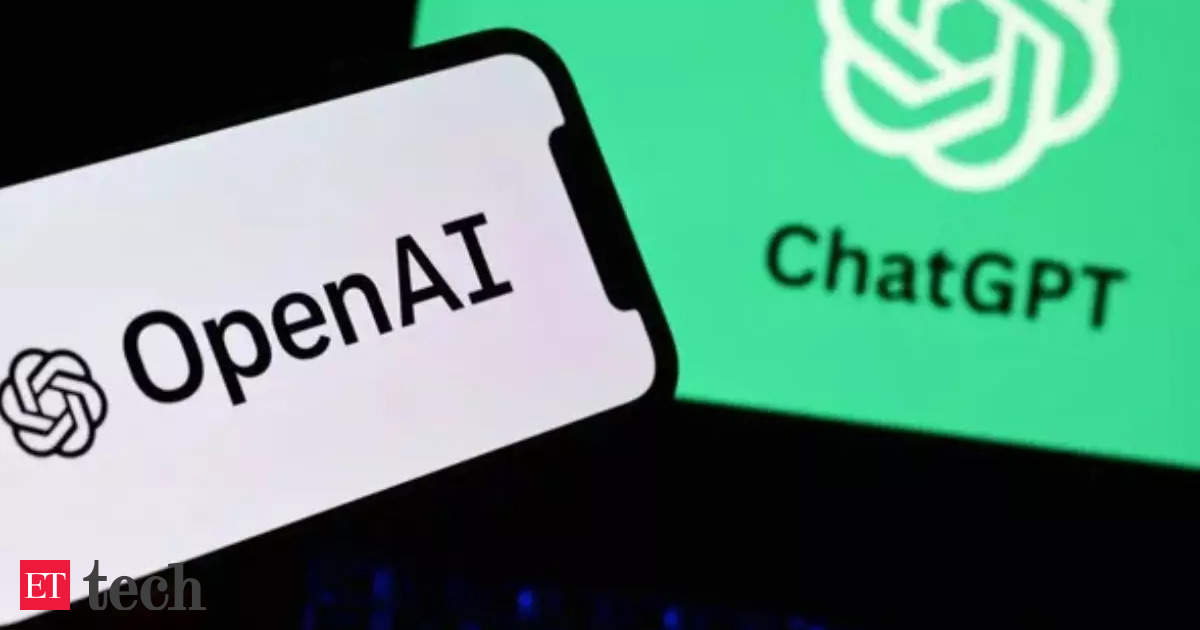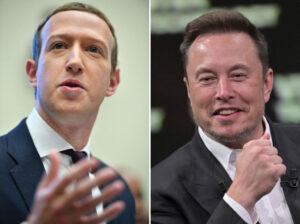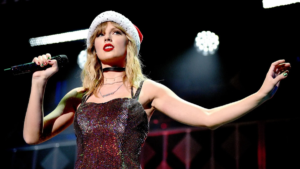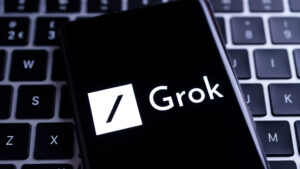Exciting Features of ChatGPT-4o’s Image Generator, but Concerns About Potential Over-Censorship

Understanding ChatGPT-4’s Image Generation Capabilities
ChatGPT-4 is a versatile tool that can generate text and create images, showcasing advancements in artificial intelligence. As technology evolves, many users are excited about its potential, but some express concerns over the limitations and censorship that may accompany these innovations.
The Image Generation Feature
The image generation feature in ChatGPT-4 allows users to create visuals based on textual prompts. This function leverages deep learning algorithms that analyze and synthesize information to produce art in various styles. Some of the capabilities include:
- Customization: Users can tailor their prompts to get specific results, such as asking for an abstract image or a realistic portrayal of a scene.
- Variety of Styles: From cartoonish designs to photorealistic images, the generator covers a wide spectrum of artistic styles.
- Speed: The images are produced in a matter of seconds, making it a convenient tool for artists, designers, and content creators.
Concerns about Censorship
While the capabilities of ChatGPT-4’s image generator are impressive, there are rising concerns about potential limitations due to censorship. Some users fear that OpenAI may impose restrictions that could hinder creativity and reduce the diversity of generated content.
Possible Reasons for Censorship
- Ethical Considerations: Companies often face pressure to ensure that their technology does not produce harmful or offensive content. This concern can lead to stringent guidelines that may restrict creative freedom.
- Social Responsibility: There is a growing demand for AI technologies to adhere to ethical standards, ensuring that they do not propagate misinformation or inappropriate material.
- Legal Issues: Intellectual property rights and copyright infringement are significant considerations in AI-generated content. Companies may restrict certain outputs to navigate these legal waters.
Potential Impacts on Creativity
The implementation of heavy censorship could have various effects on the creative landscape:
- Limited Exploration: Artists and creators might find their exploration curtailed if certain provocative or unconventional ideas are deemed inappropriate.
- Reduced Innovation: Freedom to experiment is crucial for artistic growth. Censorship may stifle innovation and push creators toward safer, more conventional themes.
- Diverse Voices: Censorship could disproportionately affect marginalized groups whose artistic expressions may not align with mainstream acceptance, potentially reducing diversity in representation.
Finding a Balance
The challenge for organizations like OpenAI is finding a balance between ethical responsibilities and fostering creativity. By creating guidelines while still allowing ample room for artistic expression, they can help ensure that the technology remains a valuable resource for a wide range of users.
Alternatives and Collaboration
In light of concerns about censorship, artists and creators often explore alternatives and collaborative efforts. Some possible avenues include:
- Open Source Solutions: Tools developed in an open-source manner may provide fewer restrictions, giving artists more freedom to experiment with their work.
- Community Feedback: Engaging the user community in discussions about guidelines can help shape ethical standards while considering diverse perspectives.
- Workshops and Tutorials: Providing educational resources on the responsible use of AI-generated art can empower users to understand the implications and navigate challenges.
The Future of AI in Art
As AI technologies continue to evolve, they will undoubtedly shape the future of art and creativity. While tools like ChatGPT-4’s image generator are exciting and offer numerous benefits, ongoing discussions about ethical use and creative freedom will be crucial in defining the landscape ahead. Artists, technologists, and users must engage in conversations to ensure that advancements continue to inspire and empower creatives without unnecessary restrictions.






